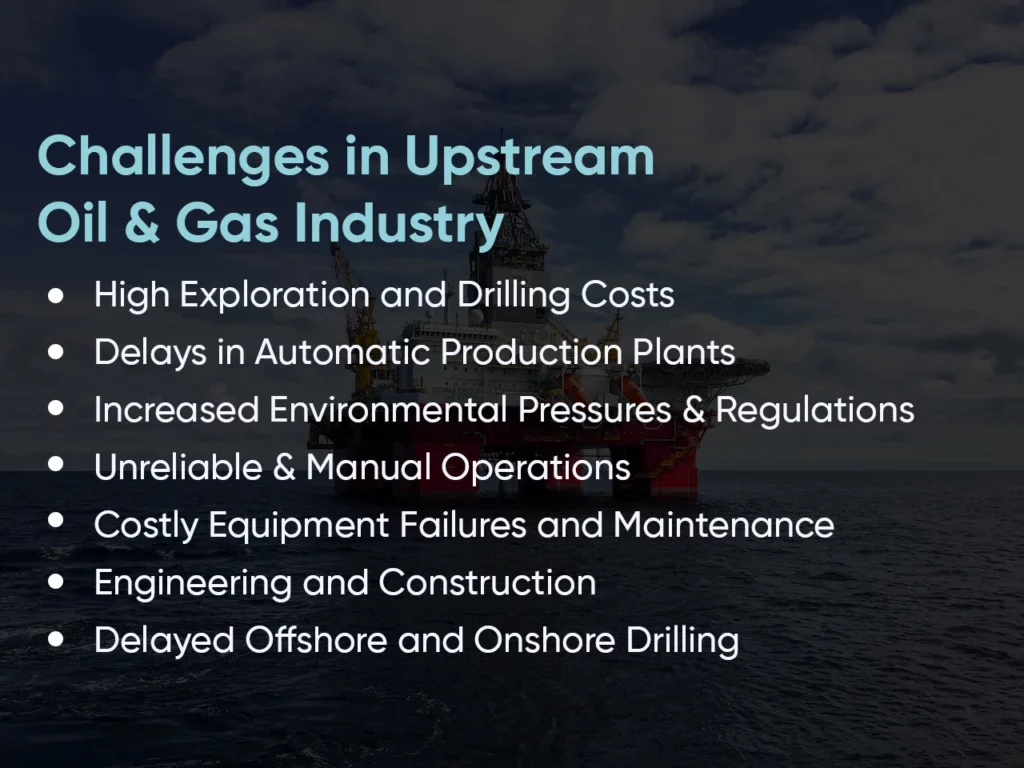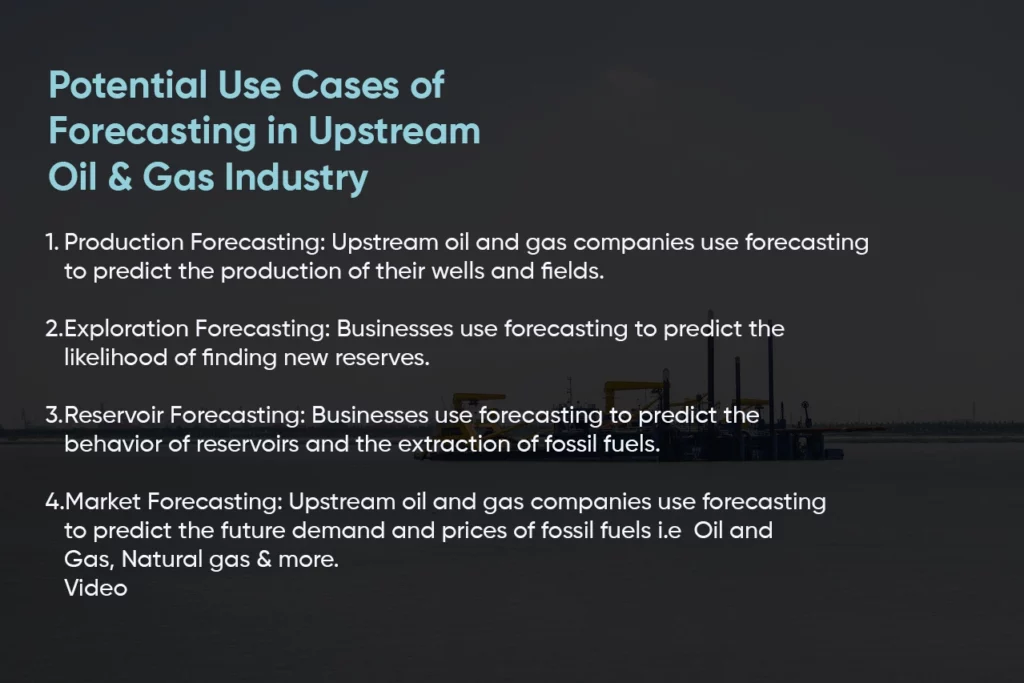High Exploration and Drilling Costs
The upstream starts from exploration and drilling, where geological surveys are conducted to check the existence of fossil fuels. After finding some traces, these fields are explored through the manual process and techniques of field exploration.
The drilling costs depend upon the depth of the well and the daily rig rate. Onshore exploration and drilling may cost $100,000/day while offshore drilling (deepwater, seashore, and more) may cost up to $800,000/day depending upon the morphology of the exploration field.
Furthermore, onsite drilling encompasses for extraction of oil and gas, which requires human labor, manually operating machinery and some meteorological equipment. Thus, conventionally, it’s the most complex process overall without Artificial Intelligence and Machine Learning.
Delays in Automatic Production Plants
If you’re not putting your efforts in the right direction, you are exhausting your resources instead of recasting them into leads. Here we have some proven experiences where automatic production plants result in delays.
- Inefficient integration of IoT devices or sensors for tracking resources may delay automatic production plans.
- Inaccurate deployed automatic plants due to outdated technology.
- Manual system maintenance and refineries installations.
- Untrained labor to handle raw materials.
- The manual process of crude oil and gas management.
Increased Environmental Pressures & Regulations
As the world is growing, the consumption of fossil fuels is also increasing, resulting in global warming. According to the Environmental Protection Agency (EPA) of the United States, CO2 emission has increased by 90% due to the combustion of fossil fuels since 1970, from which 78% of pollution is from industries.
So, the US Environmental Protection Agency (EPA) has imposed restrictions on Oil & Gas companies with heavy taxes and penalties to efficiently extract fossil fuels while keeping demand/consumption in balance.
Unreliable & Manual Operations
The manual process upstream leads to delays in regular operations. It includes a bundle of responsibilities in day-to-day routines that includes overheads in the whole process from exploration to extraction of crude products. The upstream oil & gas industry faces the following issues due to unreliable and manual processes.
- Repetitive Tasks
- Costly Process
- Time Consuming
- Reporting Difficulties
- Iterative Documentation
Costly Equipment Failures and Maintenance
Among other challenges, the oil and gas industry also encounters huge maintenance issues and heavy costs in outsourcing equipment and drillings to extract raw products. For instance, the exploration field includes geographical surveys, quality inspections, and the availability of raw materials. During the whole process, a lot of machinery is used, which results in massive maintenance costs & high probability of equipment failure.
Engineering and Construction
The upstream oil & gas industry requires a lot of resources, including metallurgical engineering and civil engineering teams, to check the exploration, drilling, and extraction process. The civil engineering teams construct hurdles, temporary concrete reservoirs, and bridges.
On the other hand, metallurgy teams inspect onsite Well positions and the availability of raw fossil fuels. It’s also a headache for higher management to keep everything on track to keep the budget and company resources in balance.
In the meantime, robotics and artificial intelligence are taking these overheads away through process automation. Robotics will lessen human power involvement and result in more accurate operations and decision-making. On the other hand, artificial intelligence will automate data collected throughout the whole upstream process.
Delayed Offshore and Onshore Drilling
It’s between the significant challenges to oil and gas industry where onshore and offshore drilling are delayed due to external factors. In onshore and offshore drilling, hydraulic fracturing ensures the availability of water. So, digital transformation using process-generated data makes drilling accurate and fast using data analytics, data forecasting & visualization of trends and outliers.


